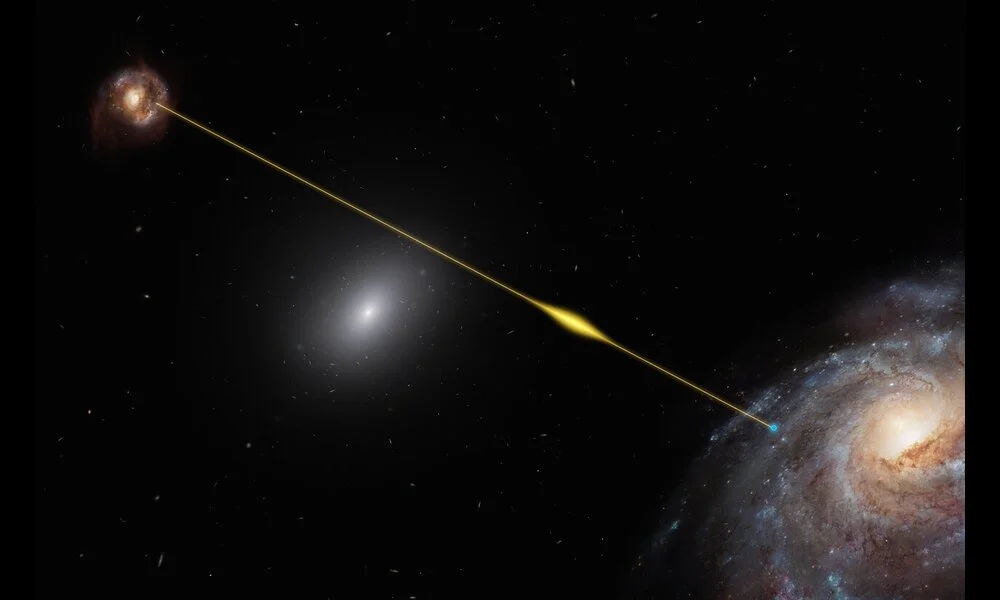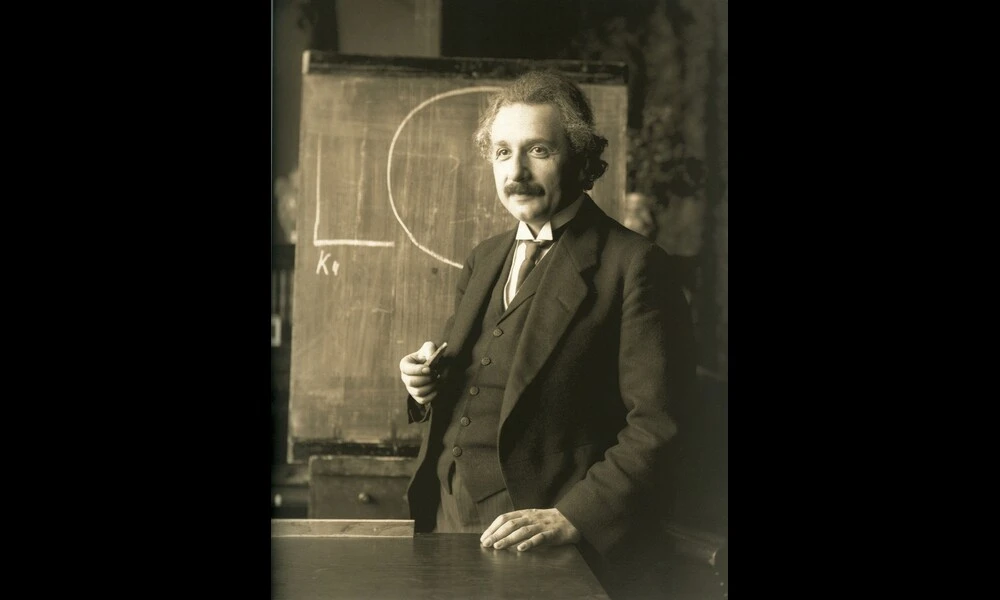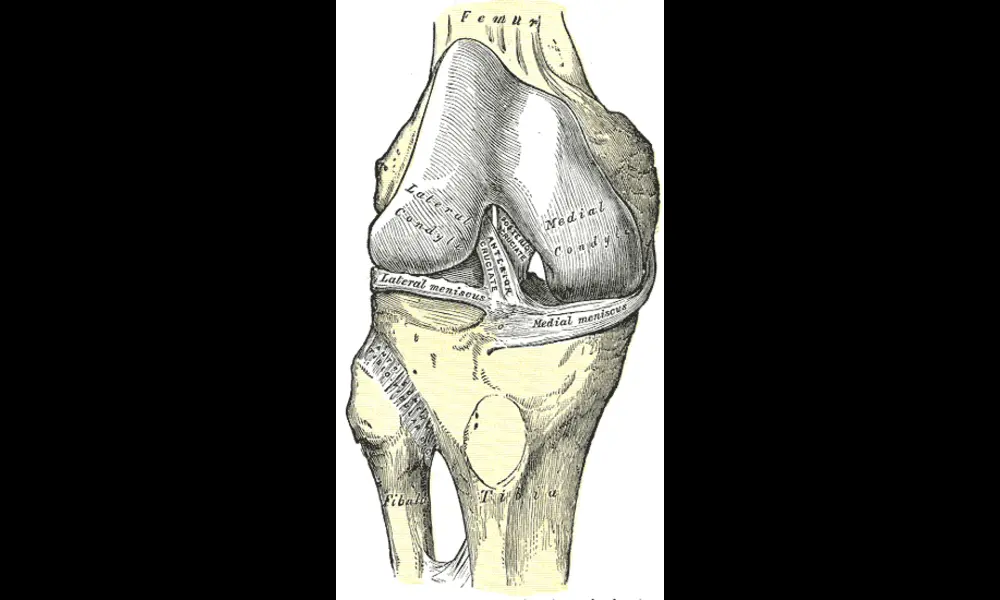Single Photon Could Simultaneously Affect Distant Qubits - Potential for Quantum Communication?
Published on Wed Jul 10 2024 File:Fiber optic illuminated.jpg | Hustvedt on Wikimedia
File:Fiber optic illuminated.jpg | Hustvedt on WikimediaIn a groundbreaking theoretical study that revisits one of Einstein's long-standing thought experiments on quantum mechanics, Lida Zhang from the East China University of Science and Technology and Aarhus University explores the fascinating possibility that a single photon could simultaneously impact two remote places. This research, deeply rooted in the complexities of quantum mechanics, demonstrates through a sophisticated theoretical model how a single-photon pulse could nonlocally excite two spatially distant qubits, leading to potential revolutionary advancements in quantum communication and entanglement generation.
Einstein, who was a notable skeptic of the completeness of quantum mechanics, pondered if a singular quantum entity could produce effects in multiple locations simultaneously. Echoing this curiosity, Zhang's study delves into a quantum setup where a single-photon pulse interacts with two qubits linked to separate cavities in what's known as the ultrastrong coupling regime. This intriguing scenario shows that, under the right conditions, it's theoretically possible for a single photon to trigger two simultaneous detection events, challenging conventional wisdom about the behavior of quantum particles.
This research not only revisits fundamental aspects of quantum theory but also hints at practical applications in quantum networking and secure communication. The theoretical model laid out by Zhang suggests a mechanism for generating remote entanglement - a critical resource for quantum information processing - through what is otherwise an impenetrable barrier in strong-coupling regimes. Such an approach could open new avenues for building robust quantum networks that stretch over vast distances, leveraging the counterintuitive properties of quantum mechanics.
At the core of Zhang's findings is the exploration of quantum mechanics beyond the standard Rabi model, facilitated by recent advances in achieving ultrastrong coupling between light and matter in various systems. This technical breakthrough enables a richer interaction between photon pulses and qubits, allowing for the simultaneous excitation and thus supporting the notion that a quantum particle like a photon can indeed affect multiple places at once.
Emerging from this study is a profound implication for our understanding of quantum entities and their interaction with the environment. It challenges the intuitive picture that a quantum particle can only influence a single location upon detection. Instead, Zhang's work illustrates that quantum mechanics may allow for more complex scenarios where a single quantum entity, like a photon, can indeed be split across different paths, leading to simultaneous actions in more than one location.
Furthermore, the practical implications of Zhang's research are quite promising. By demonstrating a potential method for remote entankment generation, this study lays the groundwork for future experimental efforts to harness this phenomenon in practical quantum networks. The author concludes by suggesting that this approach to studying quantum entanglement and interaction might apply not just to photons but could be extended to other elementary particles, opening a new realm of possibilities for quantum science and technologies.
Funded by the European Commission and in collaboration with distinguished researchers, Zhang's theoretical exploration stands as a testament to the ongoing quest to understand the full breadth of quantum mechanics' capabilities - proving, once again, that the quantum world never ceases to amaze with its counterintuitive phenomena.



